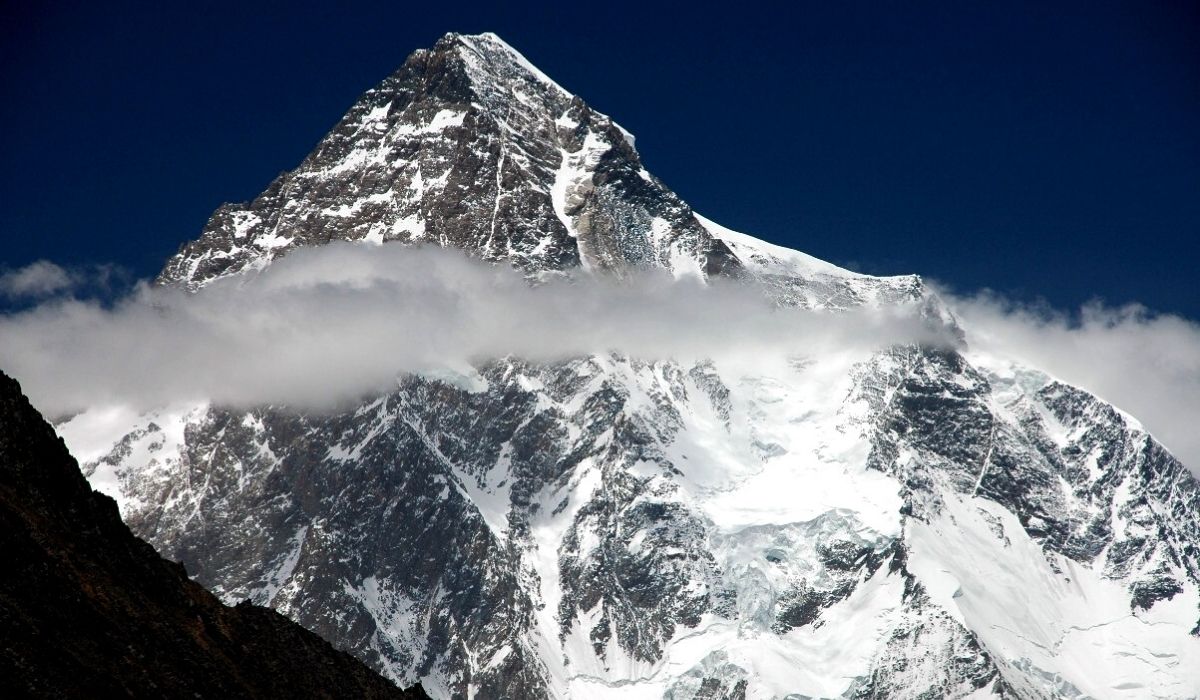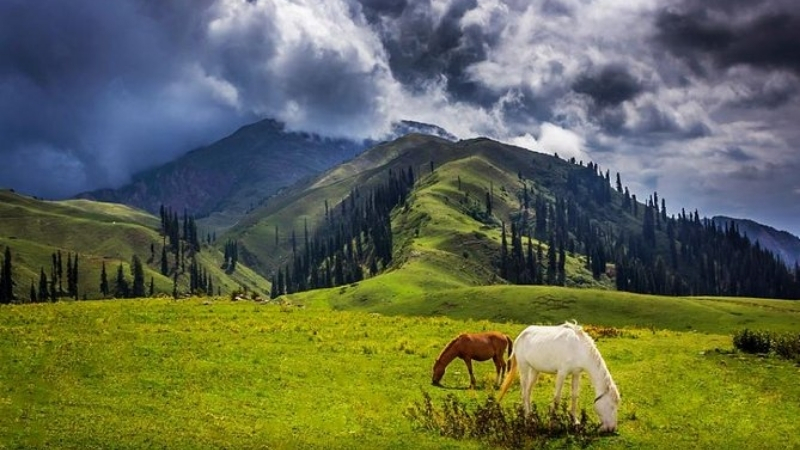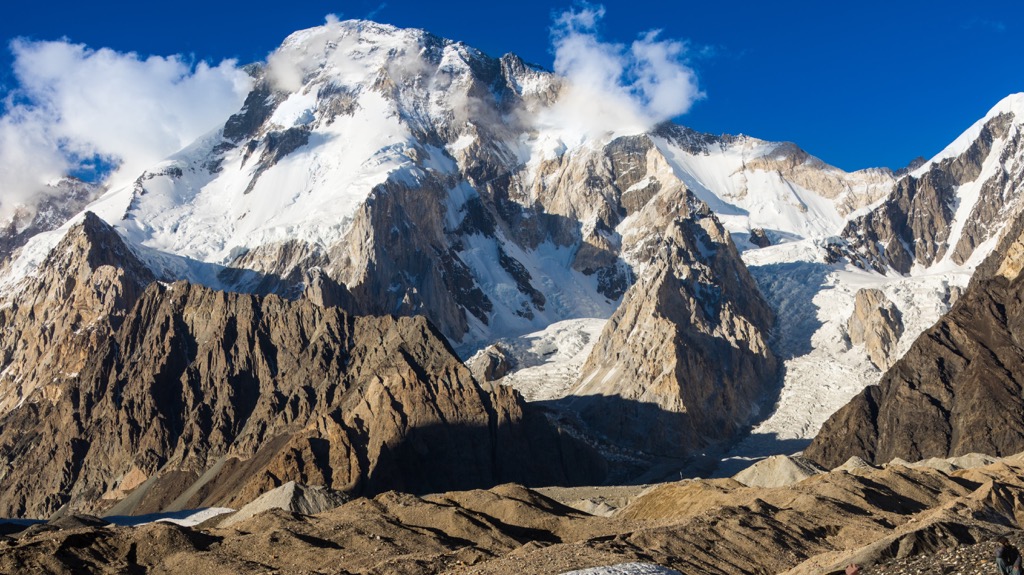Peaks & Valleys of Pakistan
Pakistan is a country blessed with an extraordinary landscape that ranges from vast deserts and lush plains to towering mountain ranges and picturesque valleys. Among its most captivating natural features are its majestic peaks and serene valleys. These regions not only contribute to the country’s geographic diversity but also hold immense ecological, cultural, and economic significance. From the mighty Himalayas to the green-carpeted Swat Valley, the peaks and valleys of Pakistan are treasures waiting to be explored.
The Towering Peaks
K2 – The Savage Mountain
K2, also known as Mount Godwin-Austen, is the second-highest peak in the world, standing tall at 8,611 meters (28,251 feet). Located in the Karakoram Range in Gilgit-Baltistan, it is often regarded as the most difficult mountain to climb due to its extreme weather conditions and technical challenges. While Everest may be the tallest, K2 is the ultimate test for serious mountaineers.
K2 symbolizes not just natural grandeur but also the spirit of adventure. Every year, elite climbers from around the globe gather in Pakistan to test their mettle against this awe-inspiring peak.
Nanga Parbat – The Killer Mountain
Nanga Parbat, standing at 8,126 meters (26,660 feet), is the ninth-highest mountain in the world and the second-highest in Pakistan. Its name translates to “Naked Mountain,” but it is notoriously known as the “Killer Mountain” due to the high fatality rate among climbers. Part of the western Himalayas, Nanga Parbat is famed for its dramatic Rupal Face—the world’s highest mountain face.
Despite its perilous reputation, Nanga Parbat draws seasoned climbers and nature lovers, especially to Fairy Meadows, a lush alpine plateau offering breathtaking views of the peak.
Rakaposhi and Other Notable Peaks
Rakaposhi (7,788 m), located in the Nagar Valley of Gilgit-Baltistan, is renowned for its beauty and proximity to human settlements. It rises dramatically from the Hunza River, making it one of the most visually stunning mountains in the world. Other notable peaks include Broad Peak (8,051 m), Gasherbrum I and II, and Trango Towers, famous among rock climbers.
These high-altitude regions are not only mountaineering hubs but also essential for Pakistan’s glacial systems, feeding rivers that sustain agriculture and life in the plains.
The Enchanting Valleys
Hunza Valley – Heaven on Earth
Nestled in the Gilgit-Baltistan region, Hunza Valley is one of the most beautiful and culturally rich valleys in Pakistan. Surrounded by snow-covered peaks, including Ultar Sar and Ladyfinger Peak, Hunza is a paradise for photographers, trekkers, and cultural enthusiasts The valley is home to ancient forts like Baltit and Altit, and it is known for its peaceful people, high literacy rate, and longevity of its inhabitants. From the scenic Attabad Lake to the Karakoram Highway winding through it, Hunza is a symbol of resilience and natural .
Swat Valley – The Switzerland of the East
Located in Khyber Pakhtunkhwa, Swat Valley is often referred to as the “Switzerland of the East.” With its lush green meadows, glistening rivers, and snow-capped mountains, Swat is a prime tourist destination. Mingora and Saidu Sharif are major towns, while areas like Kalam, Malam Jabba, and Mahodand Lake attract both domestic and international tourists.
Swat also has a deep historical significance, having been a center of Gandhara civilization. It is dotted with archaeological sites, Buddhist stupas, and monasteries.
Neelum Valley – A Gem in Azad Kashmir
Neelum Valley, in Azad Jammu & Kashmir, is a crescent-shaped valley with crystal-clear rivers, dense forests, and majestic hills. Places like Sharda, Kel, and Arang Kel offer stunning views and are perfect for hiking and camping. The valley is rich in cultural heritage, with influences from both Kashmiri and Gilgiti traditions. It is also a sensitive region, lying close to the Line of Control (LoC), but remains a favored tourist destination due to its breathtakingbeauty and hospitality.
Kaghan Valley – A Trekker’s Dream
Kaghan Valley in Mansehra District is a popular retreat, particularly in the summer months. Its most famous spot, Lake Saif-ul-Malook, is steeped in local legend and attracts tourists and poets alike. With alpine forests, mountain trails, and glacial lakes, Kaghan is ideal for trekking, jeep safaris, and trout fishing. The scenic drive to Babusar Top, which connects Kaghan with Chilas, offers panoramic views of the valley and is a highlight for travelers.
Cultural and Economic Significance
The peaks and valleys of Pakistan are not just natural wonders—they are deeply intertwined with the country’s culture and economy. These regions are home to diverse ethnic groups, including the Balti, Shina, Pashtun, and Kashmiri people, each with unique languages, cuisines, and traditions.
Tourism in these areas contributes significantly to local economies. Activities such as trekking, camping, skiing, and cultural tourism bring in revenue and create employment opportunities. Moreover, valleys like Swat and Hunza are becoming hubs for eco-tourism and sustainable development.
Challenges and Conservation
Despite their beauty, these regions face numerous challenges. Climate change is melting glaciers at an alarming rate, affecting water supply and increasing the risk of floods. Unregulated tourism is leading to environmental degradation in many valleys.
Government and non-governmental organizations have initiated several conservation programs, such as the establishment of national parks (e.g., Deosai and Khunjerab) and community-based eco-tourism projects. However, more needs to be done to ensure sustainable tourism and protect these ecological treasures.
Summary
The peaks and valleys of Pakistan are more than just geographical features—they are stories carved in stone and sung by rivers. They are the pulse of the country’s natural beauty and a testament to the resilience and warmth of its people.
Whether it’s the daunting climb up K2, the tranquil serenity of Hunza, or the spiritual calm of Lake Saif-ul-Malook, Pakistan offers an unparalleled journey through some of the world’s most captivating landscapes. As the country continues to develop its tourism infrastructure and promote eco-conscious travel, its mountains and valleys are poised to become global icons of adventure and natural beauty.





